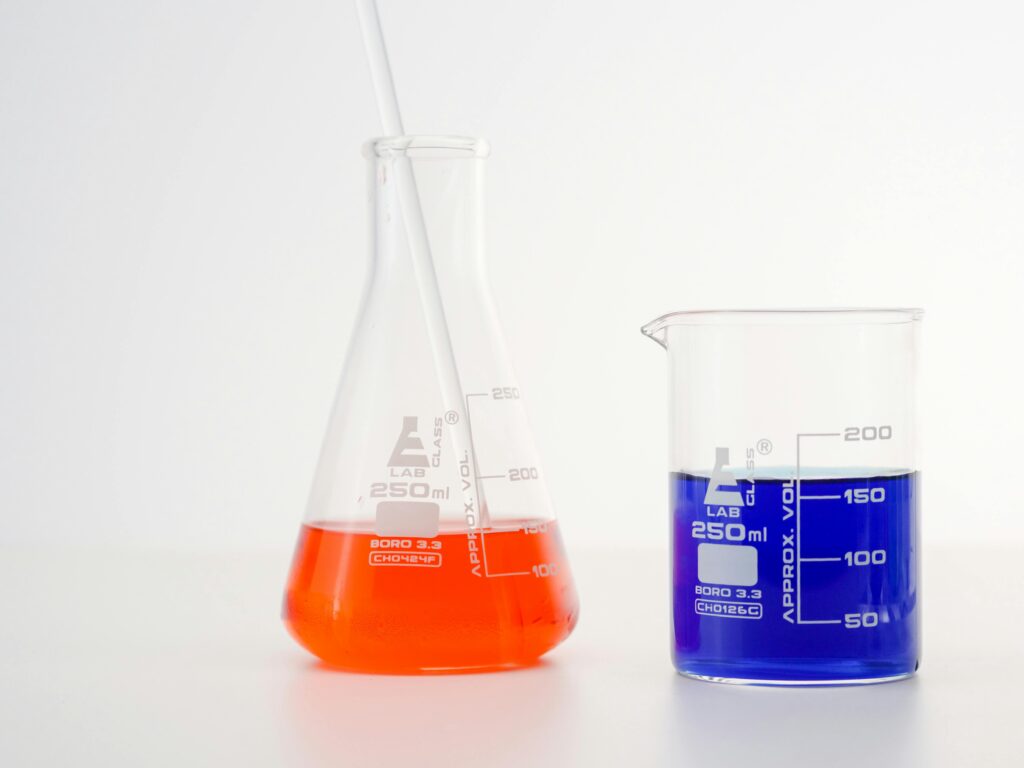Welcome to our language blog where we delve into the fascinating world of chemicals. Today, we’re focusing on chlorosulfonic acid uses, also known as chlorosulphonic acid, a powerful compound with diverse applications.
What is Chlorosulfonic Acid?
Chlorosulfonic acid (ClSO3H) is a highly reactive and corrosive liquid compound. It consists of chlorine, sulfur, and oxygen atoms, making it a potent chemical reagent.
Chlorosulfonic Acid Uses Overview
Chemical Synthesis: Chlorosulfonic acid uses serves as a vital intermediate in the synthesis of various organic compounds. It’s commonly employed in the production of sulfonic acids, esters, and sulfonamides.
Sulfonation Reagent: Due to its strong sulfonating properties, chlorosulfonic acid is extensively used in the sulfonation process. It adds sulfonic acid groups to aromatic compounds, enhancing their solubility and reactivity.
Polymer Manufacturing: In polymer chemistry, chlorosulfonic acid uses plays a crucial role in modifying polymer surfaces and introducing desired functional groups. It facilitates the production of specialty polymers with unique properties.
Pharmaceutical Industry: Chlorosulfonic acid finds application in pharmaceutical synthesis, particularly in the production of drugs and active pharmaceutical ingredients (APIs). It assists in the formation of key intermediates and final compounds.
Laboratory Reagent: Researchers utilize chlorosulfonic acid as a versatile reagent in various laboratory procedures, including organic synthesis, analytical chemistry, and material science.

Safety Precautions:
It’s crucial to handle chlorosulfonic acid uses with extreme caution due to its highly corrosive and reactive nature. Proper safety measures, including the use of appropriate personal protective equipment (PPE) such as gloves, goggles, and lab coats, should be observed when working with this chemical. Additionally, it should be stored and handled in a well-ventilated area to minimize the
Safety Considerations and Handling:
Due to its highly corrosive nature, chlorosulfonic acid poses significant risks to health and safety if mishandled. Proper precautions must be taken when working with this compound:
Protective Equipment:
Always wear appropriate personal protective equipment (PPE), including gloves, goggles, and a lab coat, when handling chlorosulfonic acid.
1. Ventilation: Work in a well-ventilated area or use a fume hood to prevent inhalation of vapors.
2. Neutralization: In the event of spills or accidental exposure, neutralize chlorosulfonic acid with a suitable base, such as sodium bicarbonate, while taking appropriate precautions.
3. Storage: Store chlorosulfonic acid in tightly sealed containers, away from incompatible substances and sources of heat or ignition.
4. Emergency Procedures: Familiarize yourself with emergency procedures and first aid measures in case of exposure or accidents involving chlorosulfonic acid.

FAQs
Q: Is chlorosulfonic acid dangerous to handle?
Yes, chlorosulfonic acid is extremely corrosive and can cause severe burns upon contact with skin. Proper safety precautions, including the use of appropriate personal protective equipment (PPE) and handling procedures, are necessary.
Q: Can chlorosulfonic acid be stored safely?
Chlorosulfonic acid should be stored in tightly sealed containers, preferably made of materials resistant to corrosion, such as glass or certain types of plastic. It should be stored away from moisture and incompatible substances to prevent hazardous reactions.
Q: What precautions should be taken when working with chlorosulfonic acid?
When handling chlorosulfonic acid, it’s essential to work in a well-ventilated area to avoid inhalation of vapors. Protective clothing, including gloves, goggles, and a lab coat, must be worn at all times. Spills should be immediately neutralized with appropriate neutralizing agents and handled according to established protocols.
Q:Is chlorosulfonic acid environmentally friendly?
No, chlorosulfonic acid is not considered environmentally friendly due to its highly corrosive and reactive nature. Proper disposal methods must be followed to prevent harm to the environment and living organisms.
Q: Can chlorosulfonic acid react with water?
Yes, chlorosulfonic acid reacts vigorously with water to produce sulfuric acid and hydrogen chloride gas. This reaction releases heat and can lead to splattering, so it should be carried out with extreme caution or avoided altogether.
Conclusion:
Chlorosulfonic acid’s wide-ranging applications underscore its importance in various industries, from chemical manufacturing to pharmaceuticals. However, its potent nature demands careful handling and strict adherence to safety protocols. By understanding its uses and potential hazards, we can harness the power of chlorosulfonic acid while ensuring the safety of both humans and the environment.
Chlorosulfonic acid, sometimes referred to as chlorosulphonic acid, is a potent chemical compound with a wide range of applications across various industries. Known for its acidic and reactive nature, chlorosulfonic acid is a valuable ingredient in numerous processes, ranging from pharmaceuticals to the production of specialty chemicals. In this blog post, we delve into the diverse chlorosulfonic acid uses and its significance in different sectors.
